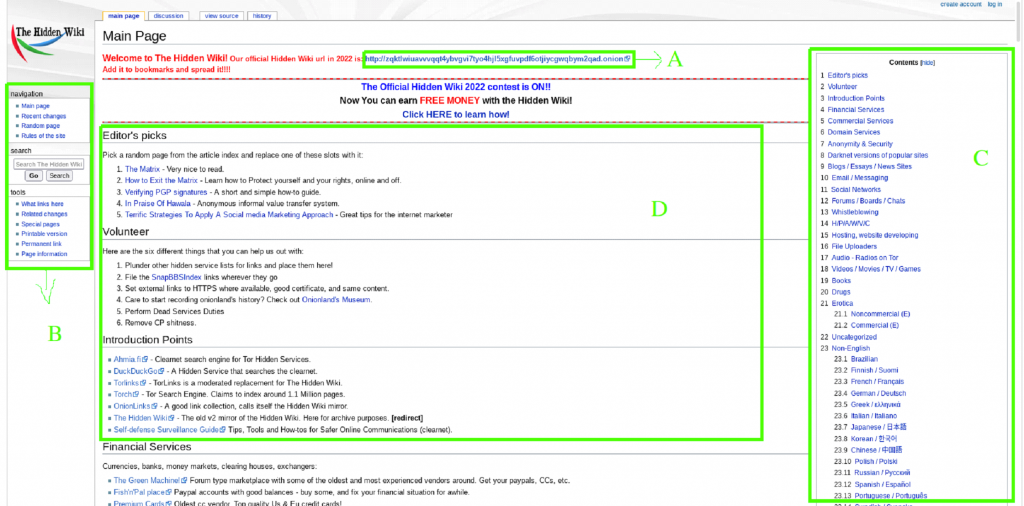The Tor anonymity network has undergone significant changes in the past 2020-2021 years with the release of the new V3 onion domains by the Tor project. The Tor has now gotten rid of the old V2 domains, and now the latest and much longer and secured V3 domains are in work. Read in further to know more about the V3 .onion domains.
What Are V3 Onion Domains?
V3 onion domains are the next generation Tor domains having an increased length of domain address and also offer better security. Typically, the V2 onion domain consists of 16 characters and contains the hash of a public key. On the other hand, the new V3 onion addresses have a total of 56 characters and include the full ed25519 public key. This also means that the users who are migrating from the V2 to the V3 domain have to learn, remember, and save the newly provided onion address.
Why People Migrated From V2 To V3 Onion Domains
People had to shift to the new V3 onion domains as they are more secure, but a reason other than that was the deprecation of V2 domains from the Tor browser. The main 2 reasons are explained in detail below.
Safety
The main reason to switch to the long V3 .onion domains is because the previous short V2 domains were not safe anymore. It was also being said that soon, powerful supercomputers and hackers will be able to track the old V2 domains and could implement them on the dark web to become hosts of a site themselves.
The main issue with the V2 domains was that all the data that was published in the hidden service directory was uploaded in the form of plain text. This means that the Tor that relays with the HSDir flag can get lots of information about the running V2 onion address every day in a small fraction. However, the new V3 domain uses key derivation and encryption to solve this issue.
The V3 domain address is a public key itself and all the uploaded data on the hidden service directory can be encrypted. But, the client always has a choice to decrypt the data using the key, which is in the .onion address. Despite this, the client would still need to ask the directory to get information about any specific onion address, which would then again allow a mass onion address collection.
However, this can be prevented by using key derivation with V3 onion services in order to attain a daily-rotated identifier or a blinded public key. So now, instead of asking the hidden service directory for the .onion address, when you access the Tor network you can calculate the current identifier by itself just from the current date and the onion address. And then ask for the embedded blinded public key.
V2 Domain Validation
The Tor Project, September 2020, released a v0.4.4 Tor anonymity software that came with a warning that the then-used V2 domains would soon be obsolete. This update was made to warn people to switch to the new V3 onion domains, which provide more privacy, security, and resilience. Although, the official warning was released in 2020, it was announced many years in advance, and the whole process of shift took more than a year to be completed. Then, in July 2020, the developers of v0.4.6 blocked the registration of V2 onion domains for block server owners.
Followed by all that, in October 2021, the developers released Stable Tor branch versions that removed the support for V2 domains. In November 2021, Tor finally released Tor Browser 11, which didn’t support V2 domains. Gradually, the number of V3 domains increased, and as of now, most of the Tor sites run on the V3 domains, and the V2 domains run on the previous windows of Tor.
Sum Up
The V2 onion domains are no longer available after being in the service for over 15 years, as the new V3 onion domains offer more anonymity and security, which is the purpose of the deep web. The V3 domains are the start of a new era, as the old domains cannot route traffic any more.


